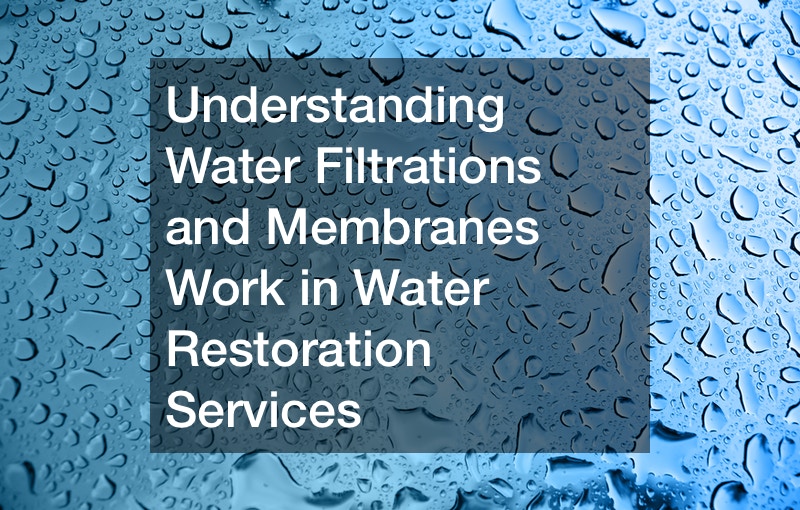
An essential component of water filtrations through a membrane is the pressure applied to the salt water to push it through the membrane and provide fresh water on the other side.
Through a process known as reverse osmosis, these membranes allow only water molecules to pass through the semipermeable membrane. This process removes the fine materials dissolved in water from contaminating drinking water.
Water filtrations use what is called “thin film composite” in the construction of these membranes. These filters are designed to be durable and withstand the pressure of the untreated water for two or three years. This means replacing a water filter membrane should ideally only occur once every few years.
Cleaning a water filter membrane is often less efficient than simply replacing it. The chemicals and labor involved in the cleaning do not provide the same results as a fresh new filter installed after the few years of having the previous one.
Common observations about water filtrations is that the drain may stop filtering properly after only a few months. If this is the case, the membrane may be filtering a higher volume of material as it converts it to fresh water, in which case a filter may simply need to be replaced more frequently, depending on region and water quality.
.

